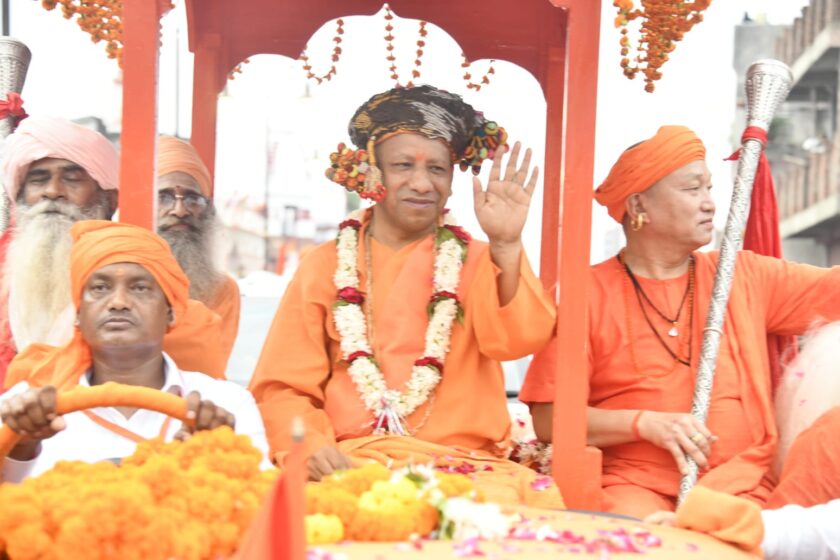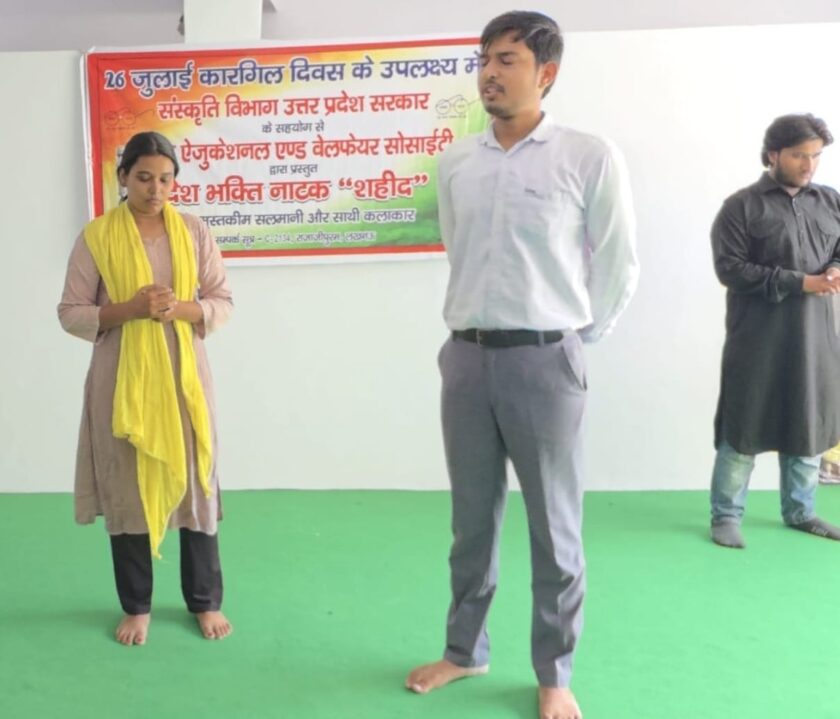New Delhi – “If you truly want to understand the wash style of painting, then study and absorb the work of Prof. Sukhvir Sanghal,” declared Padma Bhushan awardee Jatin Das while inaugurating the landmark solo exhibition “The Silent Canvas Speaks Again” at the India International Centre Annexe, Lodhi Estate. After a long gap of 33 years, 38 of Prof. Sanghal’s wash paintings — known for their breathtaking depth and intricate expressions — are once again on public display.
Jatin Das praised Sinhal as a “role model of the wash method,” adding, “His work is flawless. No one can find a mistake in it. Today’s generation of artists must see this exhibition and learn how to preserve such a rich art form. Otherwise, all this will be lost with time.”
Curated by his granddaughter Priyam Chandra, the exhibition runs until June 17 and features some of Sanghal’s most evocative pieces — including Ram ka Prasthan, Marriage Procession, and the emotionally resonant Tu Dhool Hai, Return to Dust, which was once acquired by King George V for the royal collection. Alongside Jatin Das, art critic Uma Nair and poet Prayag Shukla lent their voices to the opening, terming the event both a tribute and a resurrection of a forgotten master.
Born on July 14, 1914, in Muzaffarnagar, Uttar Pradesh, Prof. Sukhvir Sanghal was a Gandhian, freedom fighter, and a deeply spiritual artist. He initially arrived in Lucknow while fleeing political arrests during the national movement and later enrolled at the Lucknow School of Arts, earning his diploma in 1936. His real transformation, however, began under the guidance of renowned painters like Prof. A.K. Halder and Abanindranath Tagore, key figures of the Bengal School.
Prof. Sanghal’s dedication to Indian artistic philosophy led him to revive and evolve the wash technique into a language of layered compositions, symbolic color use, and delicate emotional expression. His group figure compositions — especially of men and women in collective emotion — remain unparalleled in Indian wash painting tradition.

His contributions to Indian art extend far beyond his own work. In 1938, he established Kala Bharti in Prayagraj — a cultural institution for fine arts, classical music, and dance. He also served as a close cultural advisor to leaders like Pandit Jawaharlal Nehru, Indira Gandhi, and Vishwanath Pratap Singh. His expertise wasn’t limited to visual art; he was equally adept in Indian classical music, yoga, and natural healing.
Among his accolades, Prof. Sanghal received honors from the Bombay Art Society, AIFACS, and the Academy of Fine Arts, Kolkata. His wash, silk, and lexit paintings have been showcased in the Mysore Dussehra exhibitions and national salons. The road leading to his Kala Vithika in Lucknow — adjacent to Amiruddaula Library — now bears his name, a quiet tribute to his monumental contribution to India’s cultural heritage.
His works, many preserved and promoted by his daughter and granddaughter, are housed in the Kala Vithika in Lucknow. This ongoing exhibition in Delhi is more than a showcase — it is a revival of a voice silenced by time, now echoing again through every pigment and brushstroke.
Prof. Sanghal passed away on November 29, 2006, but his artistic spirit lives on in each frame — not just as artwork, but as a philosophical and cultural legacy. “The Silent Canvas Speaks Again” is a rare opportunity for the modern art community and connoisseurs to reconnect with an artistic tradition that embodies India’s soul.





